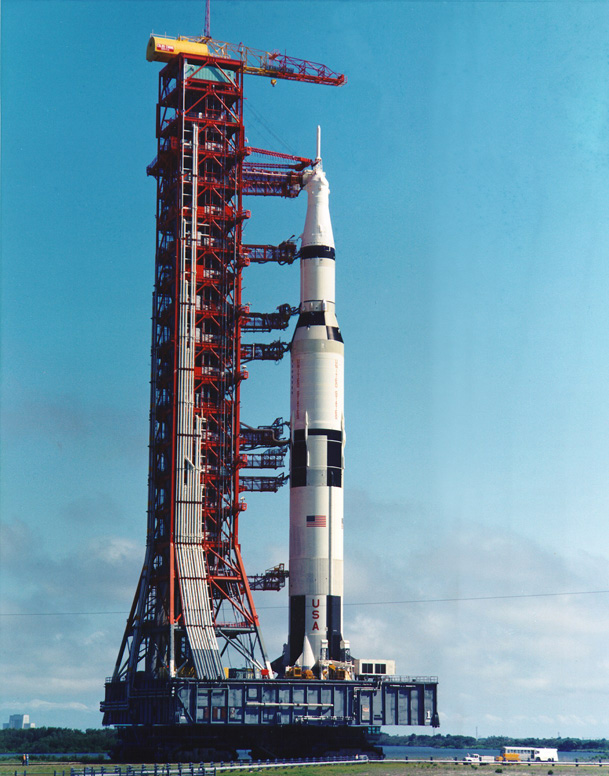As you have discovered, Mars is many millions of miles away from Earth, a very long way away! It is not easy to travel such distances, but many spacecraft have already reached Mars (though none have ever carried people). One example is the NASA Mars Science Laboratory which contained the 'Curiosity' rover (robot car) that has been exploring Mars.
The first step on this long journey is for the spacecraft to be launched into space, and this happens with the help of rockets.
What is a rocket and why is it needed?
A rocket is used to lift a spacecraft off the Earth and carry it into space. Rockets are very big, much bigger than the spacecraft (or other 'payloads') they carry.


